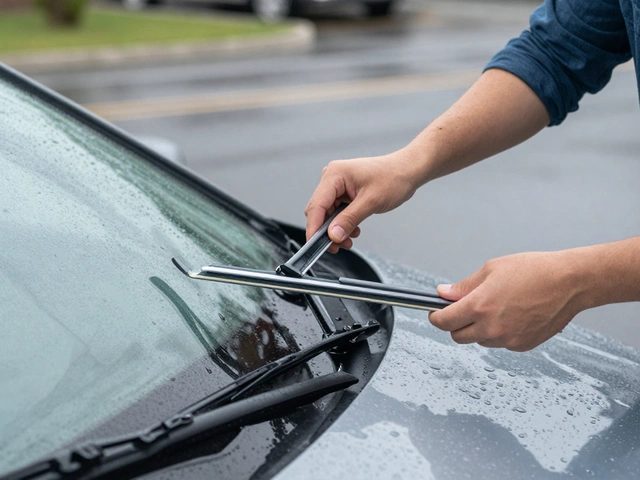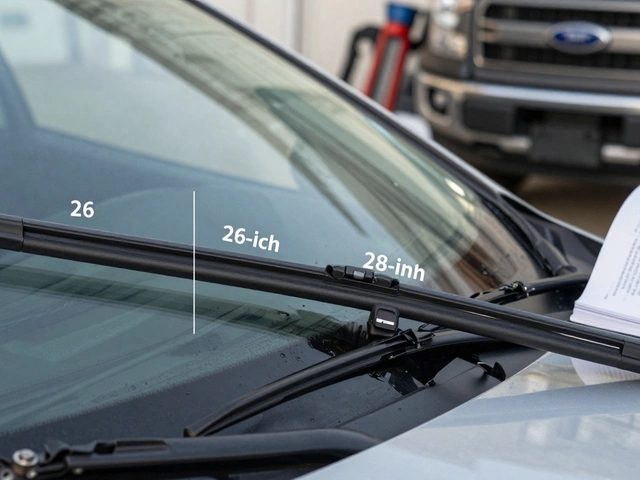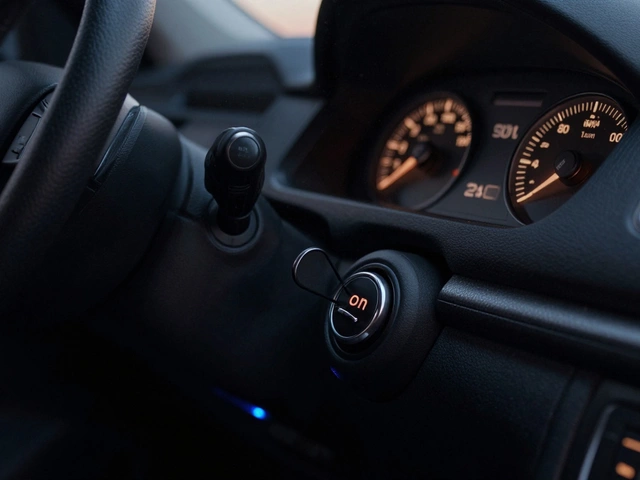Adding Oil to Your Car: What You Need to Know Before You Pour
When you’re adding oil, the process of topping up engine lubricant to maintain proper levels and prevent wear. Also known as oil top-up, it’s one of the simplest car tasks—but also one of the most commonly done wrong. Many drivers think if the oil looks low, just pour in more. But that’s where things go sideways. Too little oil? Your engine can seize. Too much? You’re risking serious damage too.
Engine oil isn’t like filling up your gas tank. It’s not about filling to the top. It’s about staying between the dipstick marks, the two indicators on the oil stick that show the safe range for oil level. If you’re below the low mark, you need oil. If you’re above the high mark, you’ve added too much—and that’s just as bad. Overfilling can cause foaming, which stops the oil from lubricating properly. It can also lead to pressure leaks, blown gaskets, or even damage to the catalytic converter. A single extra quart can be enough to cause trouble.
Before you open the oil cap, always check the oil when the engine is cold or at least five minutes after turning it off. Hot oil expands and gives a false reading. Pull the dipstick, wipe it clean, reinsert it, then pull it out again. Look for the oil line between the two notches. If it’s close to the low mark, add oil slowly—half a quart at a time. Recheck after each addition. Don’t just dump it in. And never assume your car needs oil just because it’s been a while since your last change. Oil doesn’t burn off quickly in modern engines. If you’re low, there’s probably a leak.
Some drivers confuse low oil with dirty oil. If your oil looks black and gritty, that doesn’t mean you need more—it means you need a full change. Adding fresh oil to old, contaminated oil doesn’t fix the problem. It just dilutes the sludge. And if you’re constantly needing to add oil between changes, that’s a red flag. It could mean worn piston rings, a leaking gasket, or a cracked component. Ignoring it won’t make it go away.
There’s also the question of oil type. Mixing synthetic with conventional? Sometimes okay in a pinch, but not ideal. Always match the viscosity (like 5W-30 or 10W-40) and spec (like API SN or ACEA C3) your owner’s manual recommends. Using the wrong oil—even if you’re just topping up—can affect performance and long-term engine health.
What you’ll find below isn’t just about how to pour oil. It’s about understanding why oil matters, how to read the signs your engine is struggling, and what happens when you get it wrong. From adding oil mistakes that cost thousands, to how to tell if your dipstick reading is lying to you, these posts give you the real-world facts—not theory. You’ll learn what happens when you overfill, how to spot a leak before it turns into a breakdown, and why skipping an oil change isn’t just lazy—it’s dangerous. These aren’t hypotheticals. These are the things people regret after their engine dies on the side of the road.





